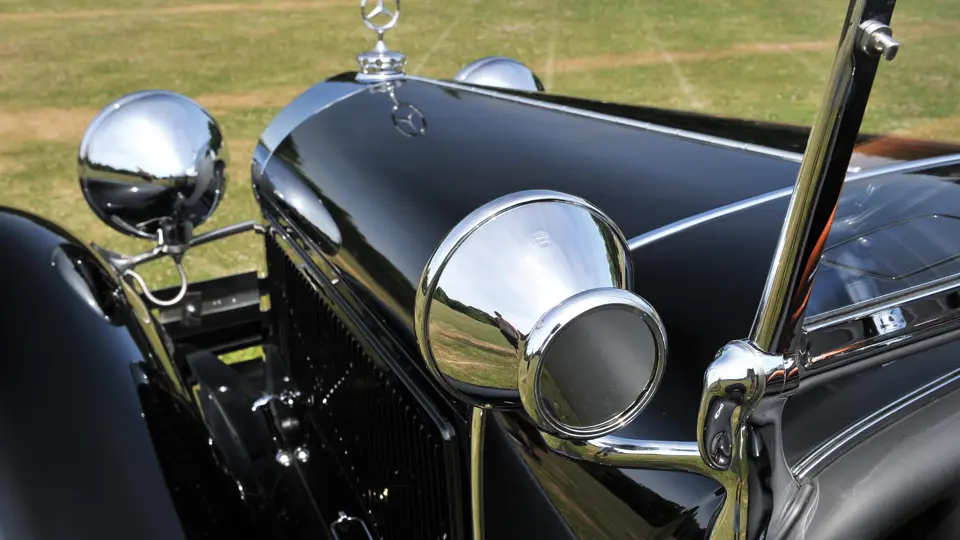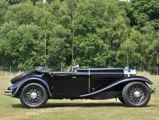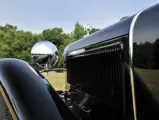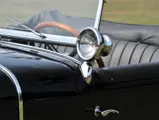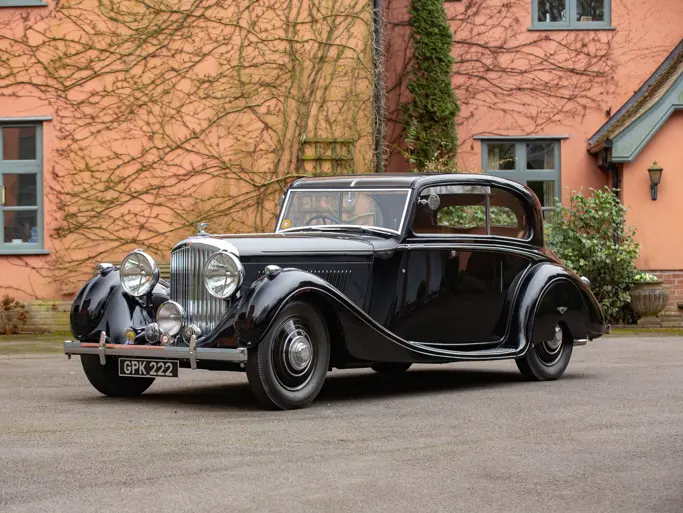75 bhp, 3,689 cc inline six-cylinder engine with dual carburettors, three-speed manual transmission with overdrive, semi-elliptic leaf-spring suspension front and rear with solid rear axle, and four-wheel mechanical brakes. Wheelbase: 2,850 mm
In 1926, two of Germany’s premier car manufacturers, Daimler and Benz, joined forces, creating Daimler-Benz A.G. To symbolise this union, a new logo was created: the Mercedes three-pointed star was placed inside of a circle with the names “Mercedes” and “Benz” around it, which was bordered by a pair of laurel branches. With a pair of factories at their disposal, the “Mannheim”-designated Mercedes-Benzes were built at the Benz Works facilities in Mannheim, Germany, whilst the “Stuttgart” cars were built at the Daimler factory in Stuttgart.
Both manufacturers were well respected when it came to creating cars of a sporting nature, and it was immediately clear that the union would serve to produce even more sporting automobiles in the future. Of the models created in the years following the merger between Daimler and Benz, the Mercedes-Benz 15/75 HP 370 stands out amongst the rest as some of the most elegant and sporting cars to come out of the factory at Mannheim. These cars helped to pave a clear road for the development of future sporting cars that would wear the three-pointed star. Some of Mercedes-Benzes most popular and historically significant automobiles, namely the 540 models, owe a part of their development and existence to the 370 models.
The 370 S model utilised the shortest wheelbase when compared to its closest siblings, the 350 and 380 models, as well as the supercharged 370 K. This helped to give the car a much sportier feeling, and as a result, the 370 S was considered to be much more of a driver’s car than something to be chauffeured in. Producing a normally aspirated 75 horsepower, performance was stately, with a top speed of 75 mph. This was fast enough to cruise at speed on Germany’s new system of highways, and it was simultaneously comfortable, with the engine-mated to Mercedes’ three-speed manual gearbox with overdrive.
Not only was the 370 S an exciting car to drive, but it was also just as exciting to look at. As per usual with Mercedes-Benz vehicles of that era, the 370 S oozed sophistication and elegance. With a beautiful body that featured flowing wings that juxtaposed with uniformity of the Mercedes-Benz grille, the 370 S was a thing of beauty, and it is a very elegant car indeed, especially when bodied as a convertible or roadster. With the convertible top safely stowed away, there was no doubt that the 370 S Sport Roadster provided one of the finest driving experiences of its day.
The gorgeous example here is chassis 87123, which was born as a sport cabriolet and delivered to its original owner, Karl Anton Henschel, via the Daimler-Benz Nuremburg branch in January 1933. Based on a piece of correspondence to Mercedes-Benz that is dated from 1997, it is known to have been owned by a Mr Obermeier. Between 2004 and 2006, the car was rebodied by well-known restorer Franz Prahl, in the form of the sport roadster, which was originally produced on the 85-horsepower 370 S chassis. It is believed that only seven of this body style were built, and given Prahl’s ability to restore cars to better than new condition, it is understandable why he would choose this body style.
Those familiar with Prahl’s handiwork will immediately recognise this example as his work. The chassis is so finely finished that it appears as if it could have been manufactured in a laboratory. The same can be said of the 75-horsepower Type 370 powerplant, which could fool some into believing it was a piece of jewellery rather than an internal combustion engine, if not given away by the presence of the dual SU side-draft carbs.
Of course, the livery would have to be befitting of the striking coachwork, so it is, of course, logical that the colours would be triple black. The bodywork is exceptionally straight and has wonderful paint application, and the cloth top and leather interior display equally well, with no wear whatsoever. The interior is set off by the highly polished wood-rimmed steering wheel.
Completing the exterior presentation are wire wheels that have painted rims and chrome spokes and are shod with Michelin Cord blackwall tyres; dual rear-mounted spare tyres, for an aggressive and distinctly continental look; Bosch headlights and spot light; and aftermarket turn signals, for safety on modern roads. This 370 Sport Roadster is unequivocally a thing of beauty, and it must be viewed in person to be fully understood and appreciated.















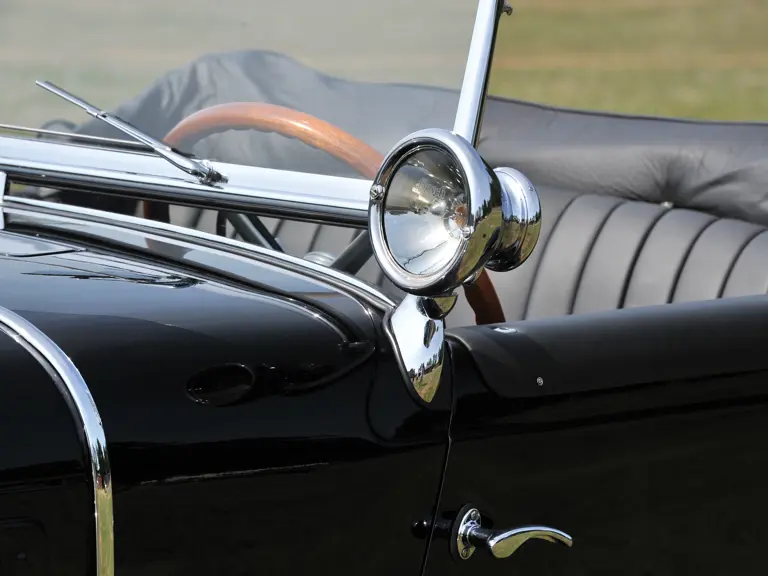









 | London, United Kingdom
| London, United Kingdom


